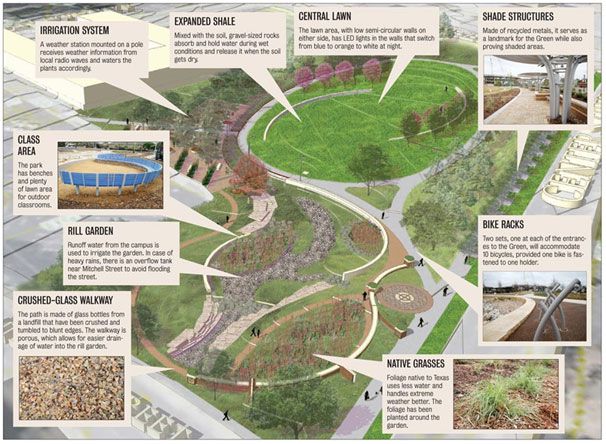“Humankind has reached a pivotal point in history”, states Dennis Sons of Tennessee Wholesale Nursery. It used to be that the Earth was large enough that it didn’t matter how we lived or how we used it. We could use up everything we found and throw it out later. However, as we grow as a species, we have learned that our impacts do indeed have potent consequences. The world keeps getting smaller, and we are left to reconsider the ways we live on the planet to continue to do so without dealing with harmful repercussions later.
Fortunately, there are thousands of ways we can make things better. Environmentally sustainable landscaping considers all the integrated systems that we live with, such as efficient energy usage, growing food, managing waste, and preserving and encouraging the growth of the natural environment. It also deals with its problems better, creating systems to sequester carbon, recycle resources, clean the air and water and prevent pollution. In doing so, we build healthy communities that are sustainable and regenerative in the long term. We can better use and re-use resources with minimal impact on the natural world.
The idea is to give back to nature what we take to have a harmonious exchange between us and the world. We can do this by using patterns of nature that already exist. An excellent example of this is urban development. While constructing homes, the sustainable approach is to build with solar and geothermal energy, rainwater harvesting, and water runoff in mind. A home can easily regulate its temperature in winter by using the sun and geothermal heat that is freely provided if it is only positioned accordingly. It can also harvest lots of water and prevent runoff and erosion by creating a few simple landscaping systems designed for self-sufficiency.

Another example is agriculture. Conventional agriculture will completely wipe out a forest to grow crops. Since we know now that forests are crucial for the health of the atmosphere, this is not a sustainable practice. We cannot proceed to do this for the long run without hurting ourselves somewhere down the line. On the other hand, sustainable landscaping farms the forest, encouraging its growth while reaping the benefits of food and other resources that the forest offers.
To build environmentally sustainable landscapes means to redefine our relationship with the Earth. By creating these sustainable frameworks, we are working with nature in a way that benefits both man and the planet. We can provide a better earth for future generations to enjoy forever.

Namaste UI collaborates closely with clients to develop tailored guest posting strategies that align with their unique goals and target audiences. Their commitment to delivering high-quality, niche-specific content ensures that each guest post not only meets but exceeds the expectations of both clients and the hosting platforms. Connect with us on social media for the latest updates on guest posting trends, outreach strategies, and digital marketing tips. For any types of guest posting services, contact us on info[at]namasteui.com.

